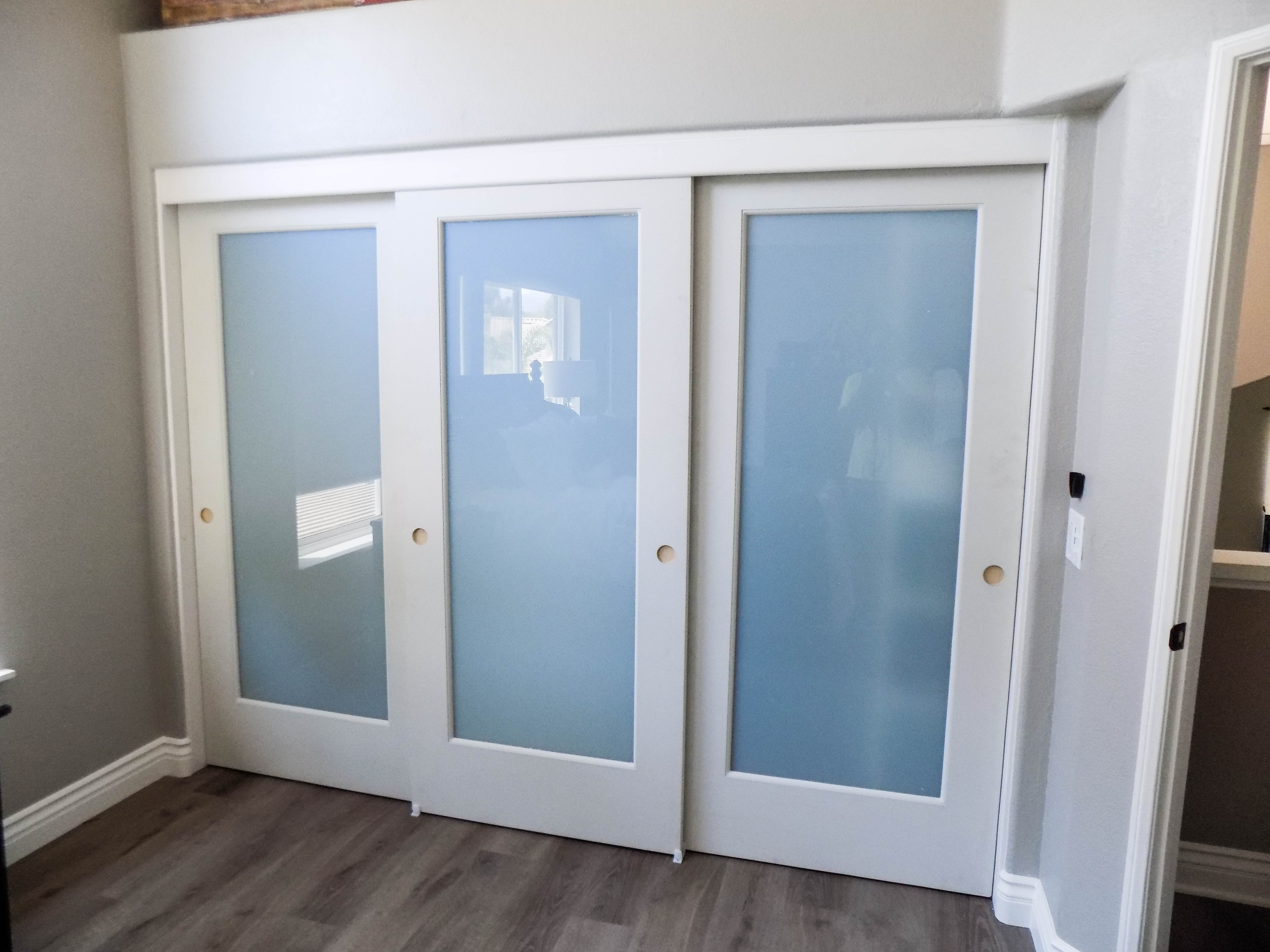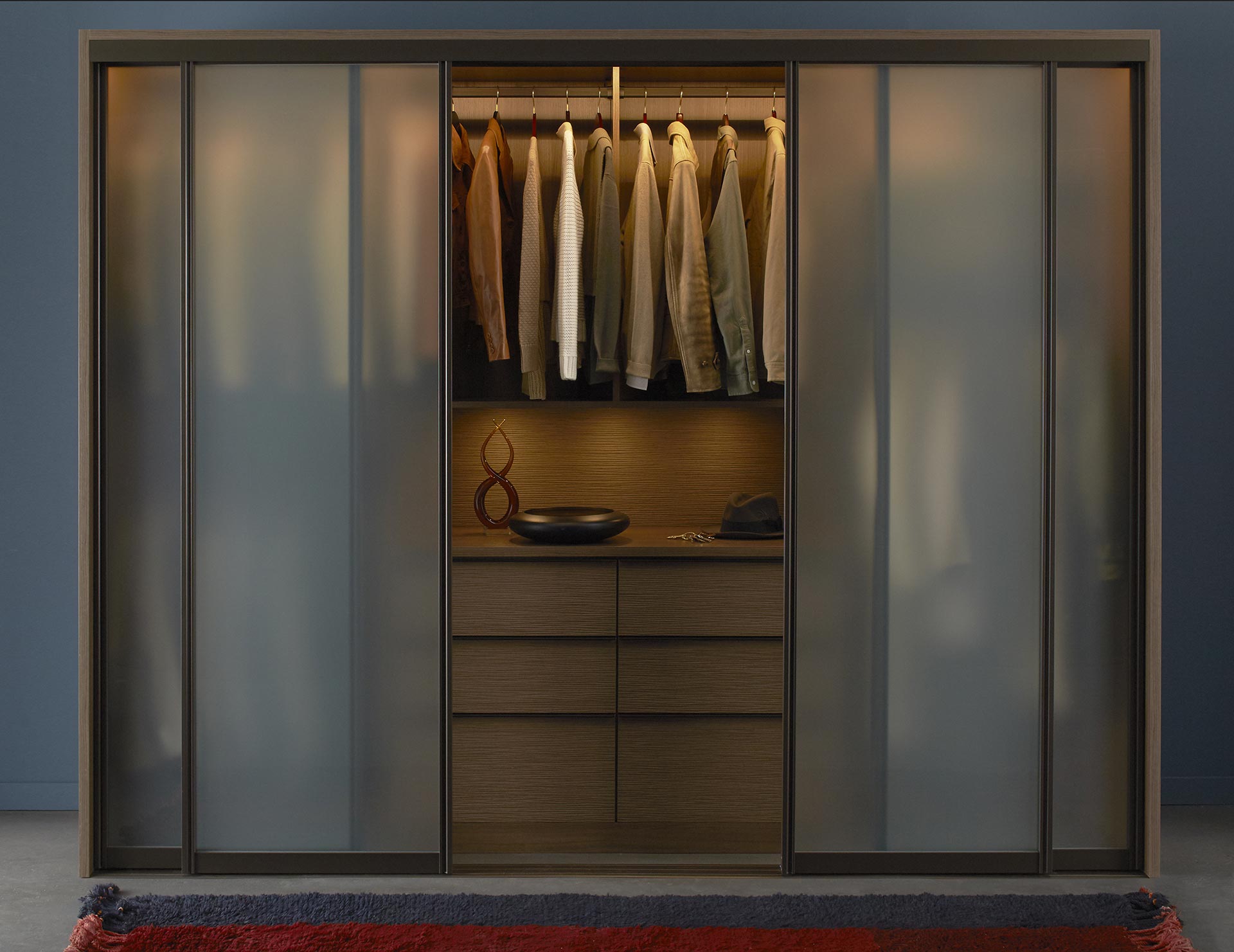Types of Sliding Bedroom Cupboard Doors

Sliding bedroom cupboard doors are a popular choice for modern homes, offering space-saving functionality and a sleek aesthetic. They come in various materials and designs, each with its own advantages and disadvantages.
Materials Used for Sliding Bedroom Cupboard Doors
The material used for sliding bedroom cupboard doors plays a significant role in their overall look, durability, and cost.
- Wood: Wooden sliding doors are a classic choice, offering a warm and natural feel. They are available in various wood types, such as oak, cherry, and maple, each with its unique grain pattern and color. Wood doors can be stained or painted to match your décor.
- Advantages: Natural beauty, durability, sound insulation.
- Disadvantages: Higher cost, susceptible to moisture damage, requires regular maintenance.
- Glass: Glass sliding doors provide a modern and minimalist look, allowing natural light to flow into the room. They can be frosted, tinted, or patterned to add privacy or style.
- Advantages: Sleek and modern, light and airy, easy to clean.
- Disadvantages: Can be fragile, may not provide adequate privacy, can be expensive.
- Mirrored Surfaces: Mirrored sliding doors create an illusion of space, making the room appear larger. They also add a touch of elegance and glamour.
- Advantages: Create an illusion of space, add elegance, can be used as a full-length mirror.
- Disadvantages: Can be reflective, showing imperfections, may not be suitable for all styles.
Common Sliding Bedroom Cupboard Door Designs
Here are some of the most common sliding bedroom cupboard door designs:
- Bypass Doors: Bypass doors slide past each other on a track, allowing access to the entire cupboard space. They are the most common type of sliding doors.
- Advantages: Simple design, cost-effective, easy to install.
- Disadvantages: Can be difficult to open if the track is not properly aligned, may not be suitable for large cupboards.
- Pocket Doors: Pocket doors slide into a wall cavity when opened, disappearing completely. They are ideal for small spaces, as they do not take up any floor space when open.
- Advantages: Space-saving, sleek and modern look, can be used in small spaces.
- Disadvantages: More complex installation, requires a wall cavity, can be more expensive.
- Barn Doors: Barn doors are a popular design trend, featuring a single door that slides on a track mounted to the wall. They can be made from wood, metal, or glass, and are often used to add a rustic or industrial touch.
- Advantages: Stylish and unique, can be made from various materials, easy to install.
- Disadvantages: Can be bulky, may not be suitable for all spaces, may not provide full access to the cupboard.
Installing Sliding Bedroom Cupboard Doors

Installing sliding bedroom cupboard doors can be a rewarding DIY project, adding a touch of modern elegance and functionality to your bedroom. This process involves careful measuring, precise cutting, and secure fitting of the doors and hardware. By following the steps Artikeld below, you can ensure a smooth and efficient installation.
Measuring and Cutting
Before you begin, it’s crucial to accurately measure the dimensions of your existing cupboard opening and the desired size of the sliding doors. This will ensure that the doors fit perfectly and operate smoothly.
- Measure the width and height of the cupboard opening, including any existing trim or molding.
- Determine the desired width and height of the sliding doors, taking into account any desired overlap or space between the doors.
- Use a tape measure and a pencil to mark the dimensions on the door material, ensuring that the measurements are precise and consistent.
- Use a circular saw or a jigsaw to cut the door material according to the marked dimensions. Ensure that the cuts are clean and straight to prevent any binding or uneven movement of the doors.
Choosing the Right Hardware
Selecting the appropriate hardware is essential for the smooth and reliable operation of your sliding doors. The hardware components include tracks, rollers, and handles.
- Tracks: Tracks are the foundation of the sliding door system, providing a smooth and stable path for the doors to move along. Consider the weight of the doors and the desired length of the track when selecting the appropriate track material and design. Steel and aluminum tracks are popular choices, offering durability and resistance to wear and tear.
- Rollers: Rollers are responsible for supporting the weight of the doors and facilitating their movement along the tracks. Choose rollers that are compatible with the chosen track and the weight of the doors. Look for rollers made of durable materials like nylon or steel, with bearings for smooth operation.
- Handles: Handles provide a comfortable and secure grip for opening and closing the sliding doors. Choose handles that complement the style of your bedroom and the overall design of the cupboard. Consider the placement of the handles to ensure easy access and functionality.
Installing the Tracks
The installation of the tracks is crucial for the smooth and efficient operation of the sliding doors.
- Attach the tracks to the top and bottom of the cupboard opening using appropriate screws or brackets. Ensure that the tracks are level and parallel to each other, and that they are securely fixed to the wall or the cupboard frame.
- For a more secure installation, use a level and a stud finder to locate wall studs and attach the tracks directly to the studs for additional support.
- Ensure that the tracks are installed at the correct height to allow for the smooth movement of the doors without any obstruction or binding.
Installing the Rollers and Doors
Once the tracks are securely installed, you can proceed to attach the rollers to the doors and mount the doors on the tracks.
- Attach the rollers to the top and bottom of the doors using the provided hardware, ensuring that the rollers are aligned with the tracks.
- Carefully lift the doors onto the tracks, ensuring that the rollers engage smoothly and that the doors slide freely without any resistance.
- Once the doors are in place, adjust the rollers or tracks as needed to ensure proper alignment and smooth operation.
Installing the Handles
After the doors are installed, attach the handles to the doors using the provided hardware.
- Ensure that the handles are placed at a comfortable height and distance for easy access and functionality.
- Use a drill and appropriate bits to create pilot holes for the handle screws, ensuring that the screws are securely fastened to the doors.
Ensuring Smooth Operation and Proper Alignment
After installation, it’s essential to ensure that the sliding doors operate smoothly and that they are properly aligned.
- Check for any binding or resistance when sliding the doors. If you encounter any issues, adjust the rollers, tracks, or doors as needed to ensure smooth movement.
- Ensure that the doors are aligned with the cupboard opening and that they close flush without any gaps or misalignment. If necessary, adjust the tracks or doors to achieve proper alignment.
- To prevent noise and wear, lubricate the rollers and tracks with a light oil or silicone spray.
Styling Sliding Bedroom Cupboard Doors

Sliding bedroom cupboard doors offer a unique opportunity to enhance the aesthetic appeal of your bedroom. Beyond their functional purpose, they can be transformed into captivating design elements that complement your existing decor and create a cohesive and stylish space.
Color and Finish Options, Sliding bedroom cupboard doors
The color and finish of your sliding doors significantly impact the overall look and feel of your bedroom. Consider these options:
- Classic White: A timeless and versatile choice that blends seamlessly with various interior styles. It creates a sense of spaciousness and complements both minimalist and traditional designs.
- Warm Wood Tones: Natural wood finishes, such as oak, walnut, or cherry, add warmth and character to the bedroom. They can create a cozy and inviting atmosphere, particularly in rooms with neutral color palettes.
- Bold Colors: If you’re seeking a statement piece, consider bold colors like navy blue, emerald green, or deep burgundy. These colors add a touch of personality and can be used to create a focal point in the room.
- Metallic Finishes: For a modern and sophisticated look, opt for metallic finishes like silver, gold, or bronze. These finishes reflect light and add a touch of glamour to the bedroom.
Decorative Elements
Adding decorative elements to your sliding doors can elevate their aesthetic appeal and create a personalized touch.
- Glass Panels: Frosted or clear glass panels add a touch of elegance and allow light to filter through the doors. You can choose from various patterns and textures to create a unique look.
- Mirror Panels: Mirror panels can create the illusion of more space and add a touch of sophistication to the bedroom. They can be used on the entire door or as accents.
- Moulding and Trim: Adding moulding or trim around the doors can create a more refined look. Consider using contrasting colors or finishes to create a visual impact.
- Hardware: The handles and pulls you choose for your sliding doors can significantly impact their overall aesthetic. Consider sleek modern handles or classic brass pulls to complement your decor.
Integrating with Existing Furniture and Decor
To ensure a cohesive and stylish look, consider how your sliding doors will integrate with your existing furniture and decor.
- Matching Colors and Finishes: Choose doors that complement the colors and finishes of your furniture and walls. For example, if your bedroom features a light wood bed frame, consider doors with a similar wood tone.
- Contrasting Accents: You can also use your sliding doors to create a contrasting accent. For instance, if your bedroom features a neutral color palette, consider doors with a bold color or metallic finish.
- Pattern and Texture: If your furniture or bedding features patterns or textures, consider incorporating similar elements into your sliding doors. This can create a cohesive and stylish look.
